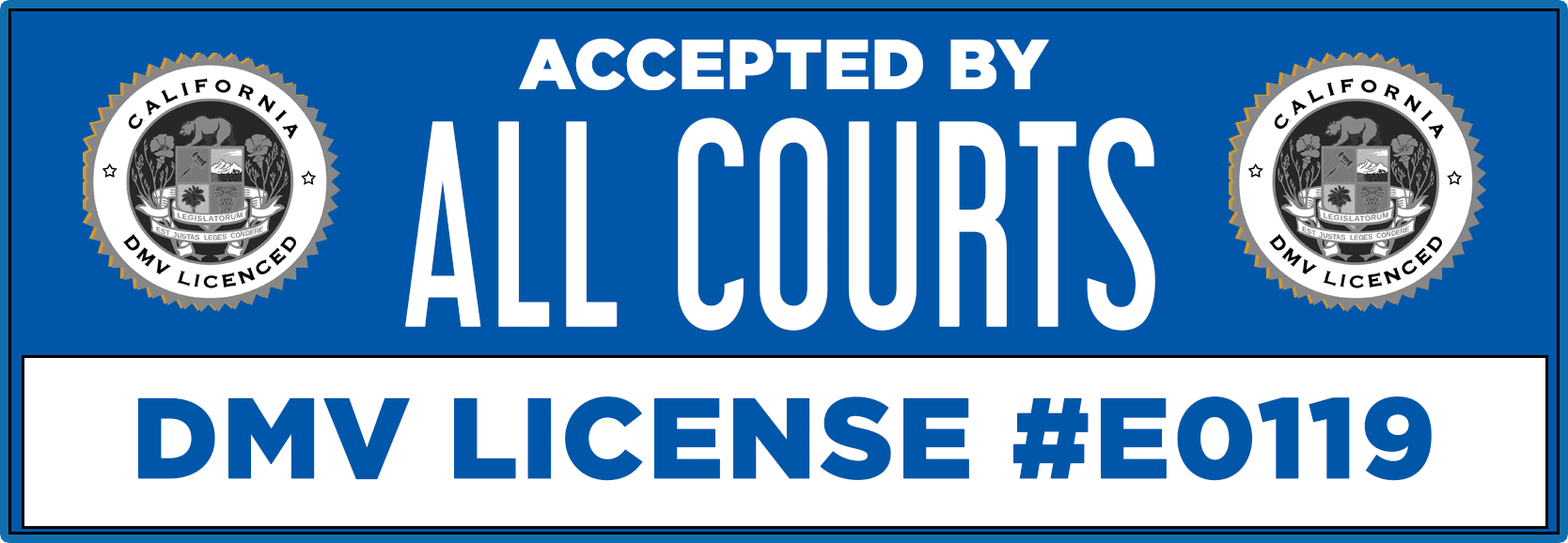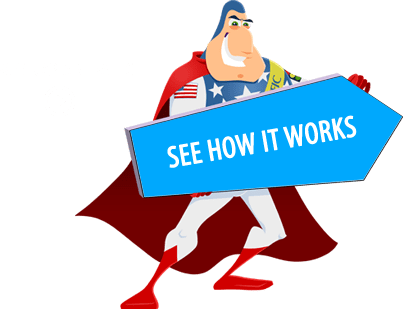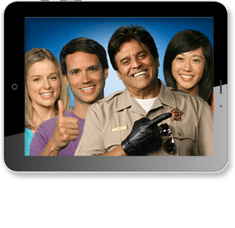How To Maintain Your Car
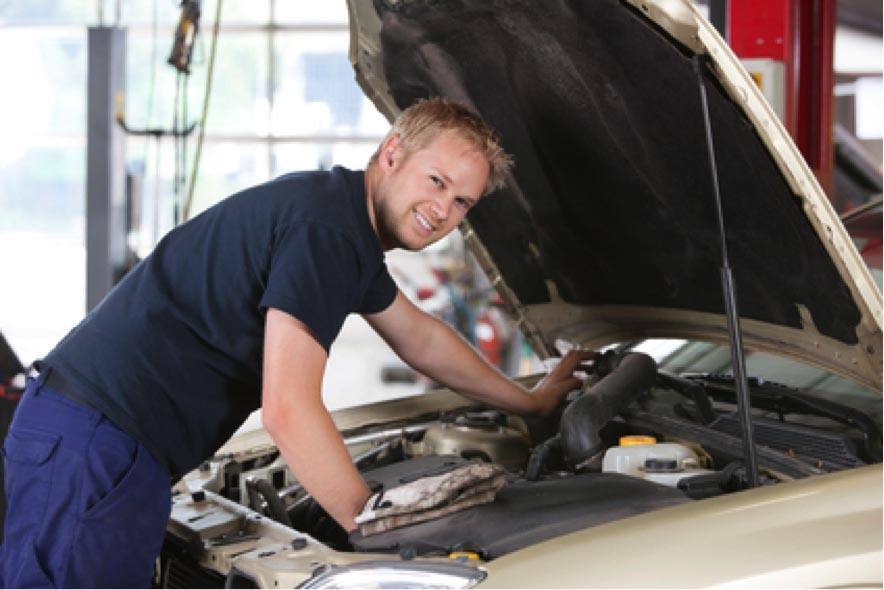
Brakes that fail, engines freezing from lack of oil, lights that do not work, or power and engine failure that lock steering. Any of these problems can be a recipe for disaster. Can you tell what they all have in common? You got it. They all could have been avoided by properly maintaining the vehicle. “An ounce of prevention is worth a pound of cure” is a well known platitude. So it is with safety on the road. If drivers keep their vehicle in good repair and service it regularly and frequently, many of the dangers of the road will pass them by. Just remember, we are not talking about your car, we are talking about your life.
Your vehicle has to meet certain requirements to be able to drive safely on the road. You must be sure to keep good maintenance on your vehicle so that it operates safely for you and others. For example, headlights, windshield wipers, brake lights, mirrors; you must ensure that these are operating properly at all times. If they are not, then you should consider not driving until you can get them fixed.
The engine of your car is the power factory of your car. All other systems in your car control something. Some systems control the engine, and others control heat, friction and waste. Properly maintaining all your vehicles systems will not only make your car run better, but help ensure your safety on the road. In this section we will discuss your car’s systems.
YOUR TIRES CAUTION: Under-inflated tires wear out faster, are subject to blow-outs (due to flex, the cords get too hot and weaken) and hydroplane at lower speeds. If your tires are Over-inflated, the center of the tread rises and closes the rain grooves, forming a channel for water to rise and lift. Traction is what gives the tires control over the road.
Also:
- Traction is provided by contact with road.
- Tread provides Drainage (squee-gees water away).
- Tires are rated by tread type and wear, traction, and temperatures.
- Temperatures will affect pressure 1 pound per 10 degrees.
- Tires are bonded with heat. Heat will cause them to unbond. Over or under inflation, overloading, skidding, spinning and high speeds all generate heat and will lower tire efficiency and life.
- Pressure must be a compromise – performance vs. ride. (lower pressures give smoother rides, but keep above factors in mind. 3 pounds under maximum is reasonable).
- Rotation and alignment can also add life and safety to your tires. There are marks built into your tires (tread wear bars) to show degree of wear. Look for uneven wearing – shows poor alignment, balance, or inflation.
- Get a pressure gauge and learn to use it. Inspect for wear, nails, and damage regularly.
Make sure your spare tire is in good condition and keep it properly inflated. Also, be sure your tire repair/changing kit is in good condition.
TREAD DEPTH The minimum legal, though not necessarily safe, tread depth for your tires is 1/32nd inch. To check your tire’s tread depth, examine the tread-wear bars that are built into the tire. When the tread-wear bars are even with the surface of the tread at more than two spots around the tire, the tire is no longer legal or safe to use.
THE IMPORTANCE OF GOOD LIGHTING Headlamps: During darkness, every motor vehicle other than a motorcycle, shall be equipped with at least two lighted headlamps, with at least one on each side of the front of the vehicle, and, except as to vehicles registered prior to January 1, 1930, they shall be located directly above or in advance of the front axle of the vehicle. The headlamps and every light source in any headlamp unit shall be located at a height of not more than 54 inches nor less than 22 inches. (Vehicle code 24400)
On Cloudy days, fog, dusk, and nighttime lessens your ability to see and be seen. Make sure all your lights, front, side, rear, and brake, are functional. Be sure to check both your high and low beams. You may find that the high beams work, and the low ones don’t.
Never use high beams in fog, rain, or snow. It is important always to turn on your low beams in fog, rain, or snow to increase visibility.
The law requires that you use your headlights 30 minutes after sunset, and leave them on until 30 minutes before sunrise. Additionally, headlights must be used anytime a driver cannot see at least 1000 ft. ahead and when windshield wipers are being used.
REAR LIGHTING EQUIPMENT – THEIR PURPOSE AND REQUIREMENTS Tail lights: During darkness, every motor vehicle shall be equipped with at least two lighted tail lamps, red in color, which shall be plainly visible from all distances within 1000 feet to the rear (500 feet prior to 1969). These are needed so that drivers traveling behind you can identify your vehicle at night.
Brake lights: Every vehicle, other than a motorcycle, shall be equipped with two stop lamps, red or yellow in color, visible from a distance of 300 feet to the rear both during normal sunlight and at night. These are needed so that drivers traveling behind you can identify when you are slowing down or stopping.
Back-Up lights: Every motor vehicle, other than a motorcycle, shall be equipped with one or more backup lamps. Back-up lamps shall be so directed as to project a white light illuminating the roadway to the rear of the vehicle for a distance not to exceed 75 feet. These are needed so that drivers traveling behind you can see that you are intending to back-up.
731- Equipment of Vehicles- (Amendment to CVC 24602)
This bill amends the minimum height requirement for red fog tail lamps to not lower than 12 inches (previously 15 inches) or higher than 60 inches.
SIGNAL LAMPS AND DEVICES Turn Signal System: Vehicles shall be equipped with a lamp-type turn signal system that are capable of clearly indicating a driver’s intention to turn either to the left or to the right.
Visibility Requirement of Signals: Vehicles with lamp-type turn signals must have signals that are plainly visible and so that other drivers can understand them during the day and during the night from a distance of at least 300 feet to the front and to the back of the vehicle, except for turn signal lamps on vehicles of size required to be equipped with clearance lamps which shall be visible from a distance of 500 feet during such times.
Maintaining your lights is very important. Keep all your lights clean. Make sure to maintain and clean your headlights, taillights, mirrors, windshield, and windows. The position of your headlights is important as well. Headlights aimed too high will blind oncoming drivers and create a potential disaster for both drivers.
Auxiliary Driving and Passing Lights: A vehicle may be equipped with no more than two auxiliary driving lamps on the front of their vehicle at a height of no more than 42 inches and no less than 16 inches.
Fog lamps, driving lamps, and passing lamps look similar to one another, but must meet different photometric specifications and the laws concerning their use are different.
Single Beam: It can be very dangerous spotting a motorcycle at night. Motorcycles are only equipped with a single beam and they must drive with their lights on at all times to help add visibility to themselves. Oscillating beam headlights are legal in daylight driving.
FLUID LEVELS Make sure that your auto’s fluid levels are correct. Learn how to check your oil, water, antifreeze, battery electrolyte, transmission and power steering and brake fluids. You can save time, money, and trouble. Make sure you have enough gas. 70% of all disabled vehicles are out of gas!
- Electrical – ensure basic systems are in good order: Lights (connections good, no shorts, bulbs, etc.) These are REQUIRED systems to be used in times of darkness and low visibility, or to provide extra visibility for safety. Includes headlights, turn signals, brake and back-up lights, emergency flashers, etc. Also: starter motor, relay, solenoid, etc. Plug wires, distributor cap, points, plugs, etc. Make sure battery terminals are clean and connections and wires are good.
- Brakes – very important! REQUIRED on all vehicles. If disc, make sure pads, calipers, and discs are all in good repair. If drums, check shoes, drums and cylinders periodically. Some firms offer free checks. Make sure the fluid (power/hydraulic)is up to the correct level. If you drive through deep water on road, slow down then after you pass through tap brakes several times to vaporize water that may have gotten on shoes. Parking/emergency brakes are also very important! According to statistics, over 70% of all cars have improperly adjusted parking brakes.
- Belts – your car’s engine has belts required to run the engine properly. One of the most important belts is the timing belt. Without this belt, the engine can’t run. Checking your timing belt for wear or looseness will let you know if the belt may likely break soon. Look for signs of wear, such as cracks, shredding or excessive slack. Also look for signs of oil leaks from the adjacent seals, which can damage the belt and considerably shorten its life. Your vehicle owner’s manual will recommend at what mileage the timing belt must be replaced. These intervals range from every 60,000 miles to every 105,000 miles. If you don’t periodically inspect your timing belt, it might break at an inopportune time.
- Power Train: Starting system (as above); Engine properly tuned and timed, all cylinders operating at proper compression levels; transmission: if automatic: proper fluid levels, smooth operation, no slipping. If standard: smooth operation, no slipping, missing, clutch operates smoothly and does not slip or drag.
- Miscellaneous – Safety warning lights, shocks, and wheel bearings are all important. Horns are emergency signaling devices, NOT for voicing anger/frustration! Must be audible for at least 200 feet, not excessively loud or harsh. Body should be sound, & not pose a hazard to the driver or others. Windshields must be kept clean, wipers in good condition, reservoirs full of cleaning fluid. You are responsible for your car’s maintenance.
WINDSHIELDS Windshields: A passenger vehicle other than a motorcycle; every bus, motor-truck, or truck tractor; and every fire truck, fire engine or other fire apparatus, whether publicly or privately owned, must be equipped with an adequate windshield.
Windshield Wipers: Every motor vehicle, except motorcycles, equipped with a windshield must also be equipped with a self-operating windshield wiper. Every new motor vehicle, except motorcycles, must be equipped with two such windshield wipers, one mounted on the right half and one on the left half of the windshield, except that any motor vehicle may be equipped with a single wiper so long as it meets the wipe area requirements in Federal Motor Vehicle Safety Standards Governing Windshield Wiping and Washing Systems.
Condition and Use of Windshield Wipers: Windshield wipers must be maintained in good operating condition and must provide clear vision through the windshield for the driver. Wipers must be operated under conditions of fog, snow, or rain and be capable of effectively clearing the windshield under all ordinary storm or load conditions while the vehicle is in operation.
Defective Windshields and Rear Windows: It is unlawful to operate any motor vehicle upon a highway when the windshield or rear window is in such a defective condition as to impair the driver’s vision to the front or rear.
Sun screening Devices: Sun screens or “sun-visors” are permitted in all automobiles if certain requirements are met. They help block the glare from the sun and help you concentrate on the road. They may only be applied to the front side windows if the driver or front seat passenger has in their possession a letter or document signed by a licensed physician and surgeon certifying that the person must be shaded from the sun due to a medical condition. The devices may not be used during darkness.
MIRRORS Every motor vehicle subject to registration in this state, except a motorcycle, shall be equipped with not less than two mirrors including one affixed to the left hand side, so located as to reflect to the driver a view of the highway for a distance of at least 200 feet to the rear of such vehicle. The following describe types of when a vehicle shall be equipped with mirrors on both left and right hand sides.
- When a driver’s view to the rear is so constructed or loaded that it is obstructed.
- If you are towing a vehicle and that vehicle or load obstructs the driver’s view to the rear.
- When it’s a bus or a trolley.
(NOTE* These do not apply to a passenger vehicle if the view is obstructed by a load which consists of passengers.)
HAVING CLEAR WINDOWS AND MIRRORS Keep your windshield and side windows clean inside and out. Bright sun or headlights on a dirty window make it hard to see out. You should clear ice, frost, or dew from all windows before you drive.
It is illegal to block your view of the road by putting signs or other objects on the front windshield. Don’t hang things on the mirror. Don’t block your view through the back or side windows with objects or signs. Tinted safety glass is allowed in a vehicle if the glass meets U.S. Department of Transportation standards and it is installed in a location permitted by those standards. Motorists with sun-sensitive skin can use removable sun screens on their vehicle’s side windows during daylight travel if they have a letter from their physician.
Windshield stickers, etc., are permitted only in four places:
- A seven inch square in the lower corner of the windshield farthest from the driver.
- A five inch square in the lower corner nearest the driver.
- A seven inch square in the lower corner of the rear window farthest removed from the driver.
- Side windows to the rear of the driver.
- Make sure you are able to see and be seen. If you drive in rain or snow, you may have to stop sometimes to wipe mud or snow off your windshield, headlights, and taillights.
- ADJUSTING YOUR SEAT AND MIRRORS You should always adjust the seat, mirrors, and safety belt before starting your car. You may have a collision if you try to adjust them while driving. Adjust your seat so that you are high enough to see the road. If you are still too low, you should use a seat cushion. Do this before putting on your safety belt.
- Adjust your rear and side mirrors before you start driving. If your vehicle has a day/night mirror, learn how to use it. The night setting reduces the headlight glare from cars behind you and helps you see better.
- When you enroll in a traffic school program, you will learn about the topics mentioned above and more. A motor vehicle can be a safe mode of transportation, or it can be a very dangerous weapon. If you want to learn how to increase the chances of making it to your destination in one piece, complete our traffic school online today. The program is ComedyTrafficSchool.com. Take online traffic school the fun way with our award winning course. Our traffic school course is the perfect choice for anyone who recently received a traffic ticket; keep points masked from your driving record, your auto insurance rates low and become a better, safer driver!
